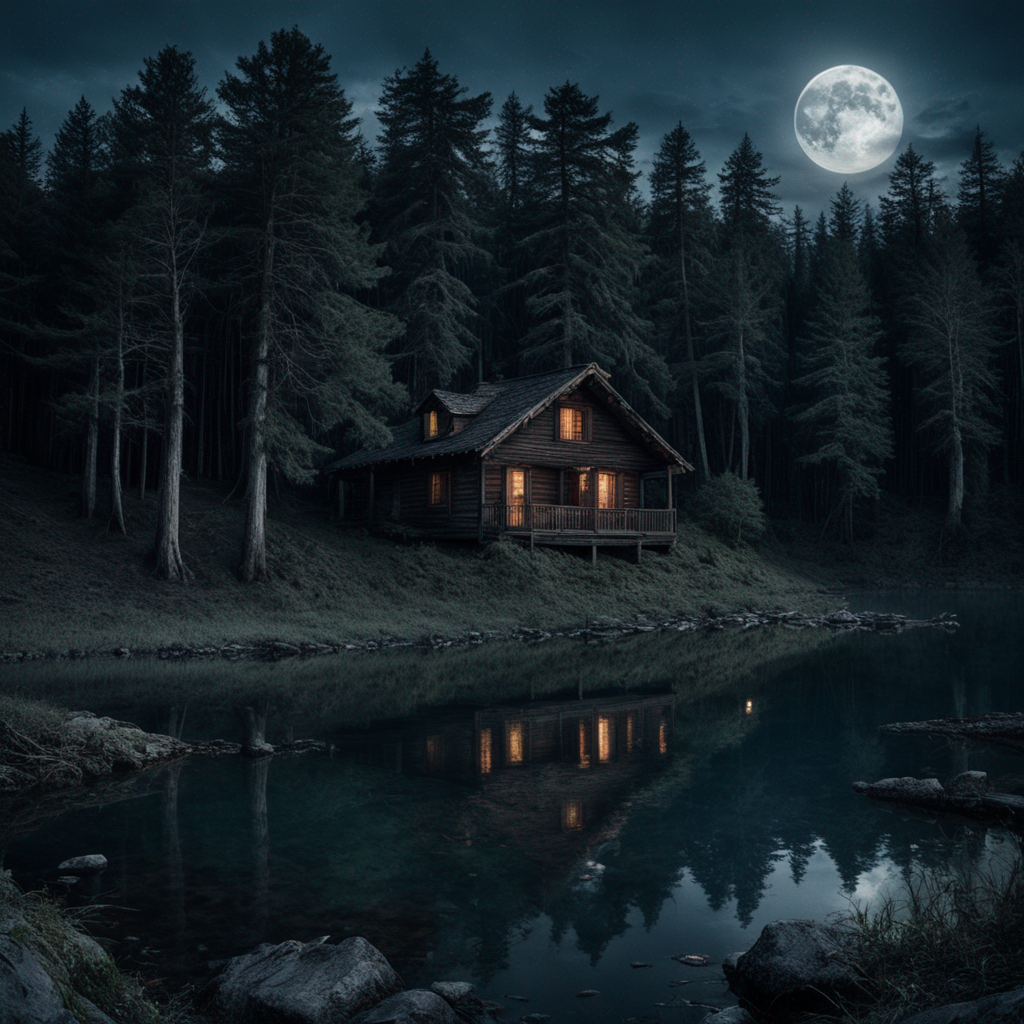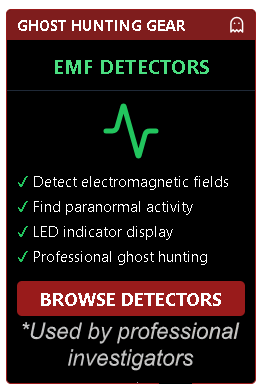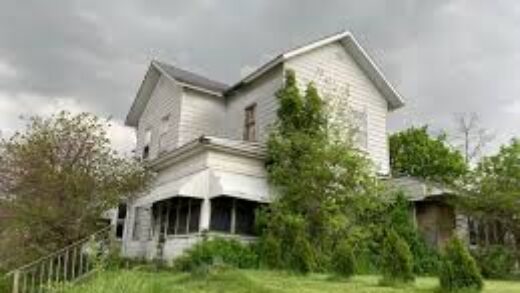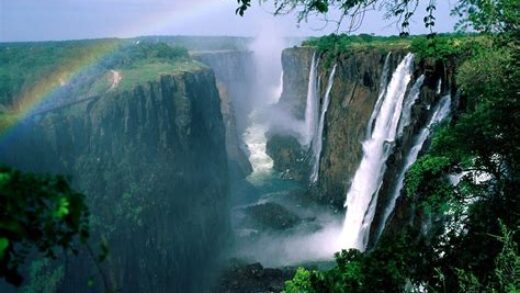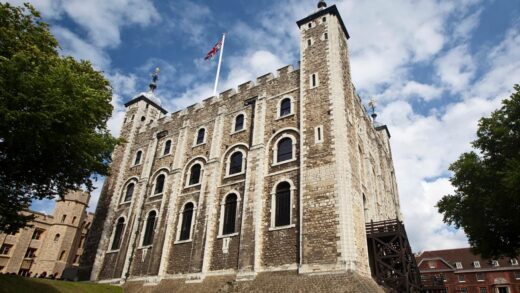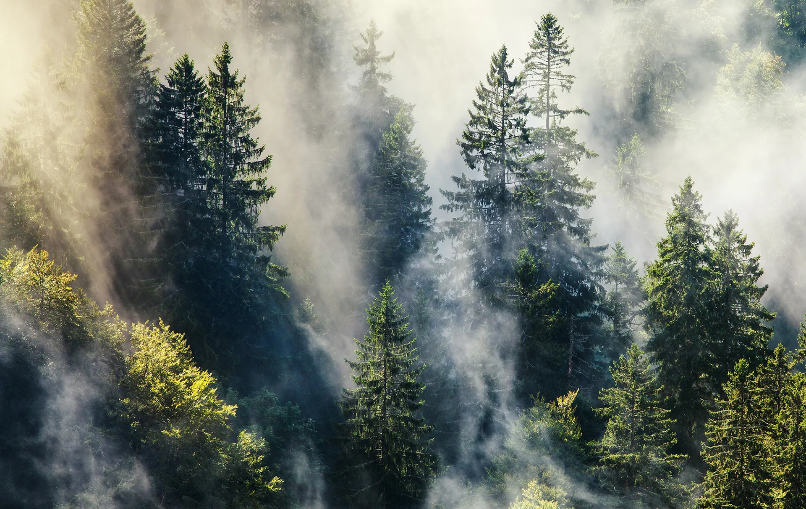
Tucked away at the base of the iconic Mount Fuji lies Aokigahara, a forest cloaked in silence, mystery, and an eerie reputation. Known around the world as Japan’s “Suicide Forest,” Aokigahara has captivated travelers, paranormal enthusiasts, and mental health advocates alike.
But beyond the chilling legends lies a place of haunting beauty and deep cultural significance. In this guide, we delve into the forest’s history, supernatural tales, ecological richness, and what makes it one of Japan’s most infamous destinations.
Aokigahara: The Sea of Trees
Aokigahara, also called “Jukai” or “Sea of Trees,” spans over 30 square kilometers of dense, moss-laden woodland. The canopy is so thick that it almost completely blocks out sunlight, adding to the forest’s surreal and isolated atmosphere.
Formed from the lava of Mount Fuji’s last major eruption in 864 CE, the forest floor is uneven, porous, and devoid of large wildlife.
Ecological Snapshot
- Location: Northwest base of Mount Fuji, Yamanashi Prefecture, Japan
- Flora: Hemlock, cypress, pine, mosses, and lichens
- Geology: Porous lava rock affecting GPS and cell signal reception
Despite its sinister associations, Aokigahara is home to unique plant life and is a serene location for nature hikes and guided tours.
The Dark Legacy: Suicide and Silence
Aokigahara’s global infamy stems largely from its reputation as a site of numerous suicides. In fact, it is considered one of the most prevalent suicide locations in the world, second only to San Francisco’s Golden Gate Bridge.
Why Here?
Several factors contribute to Aokigahara’s grim history:
- Cultural perception of death: In Japanese culture, suicide has historically been viewed with a complex blend of honor and shame.
- Historical context: Stories link the forest to ubasute, a practice where elderly or infirm family members were left in remote places to die.
- Media portrayal: Films, documentaries, and viral YouTube videos have further sensationalized the forest’s reputation.
To discourage self-harm, the forest’s entrances now feature signs urging visitors to reconsider and seek help, often listing suicide prevention hotline numbers.
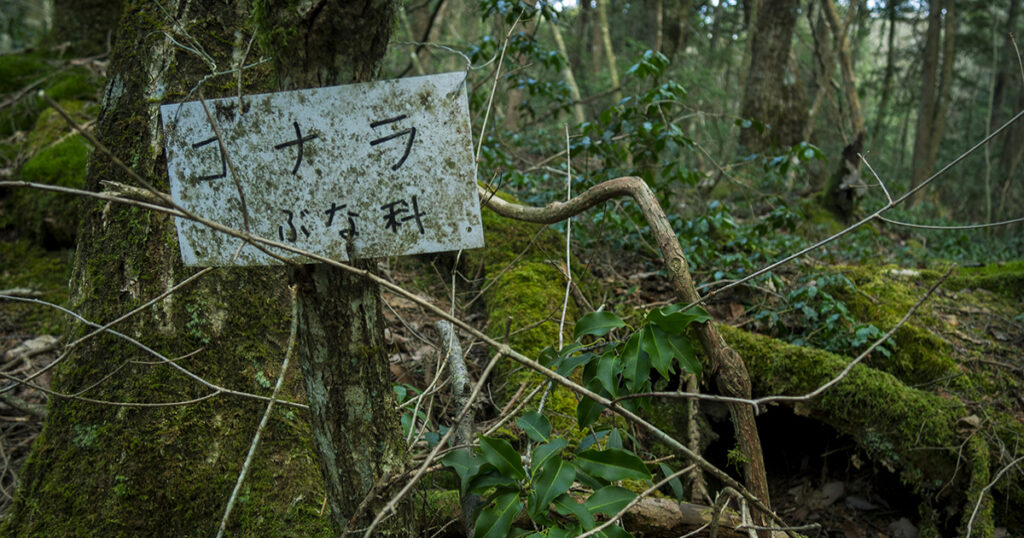
Legends and Paranormal Lore
No haunted forest would be complete without tales of the supernatural, and Aokigahara delivers in abundance.
Ghosts of the Lost
The forest is believed to be haunted by yūrei, or vengeful spirits who died with unresolved issues. These ghosts, often depicted in white funeral kimonos with long black hair, are said to scream through the trees and lead visitors astray.
Compass Confusion and Ghostly Whispers
Due to the high iron content in the lava, compasses and GPS systems frequently malfunction within the forest, adding to the mystique. Visitors have reported hearing whispering voices or seeing fleeting shadows with no discernible source.
Paranormal Hotspots
- Narusawa Ice Cave: Nearby volcanic cave with chilling air and supernatural legends
- Lake Sai Bat Cave: Believed to be a spiritual nexus attracting yūrei
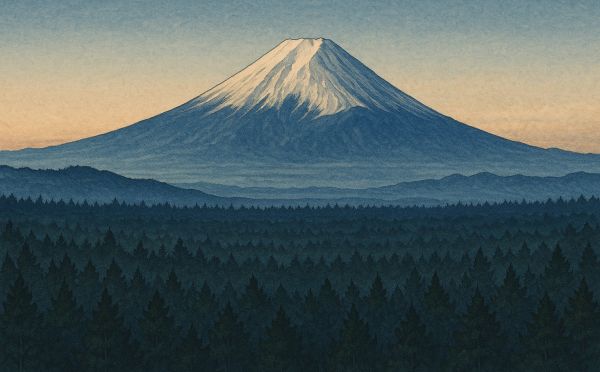
Cultural and Media Influence
Aokigahara has become a recurring motif in literature, film, and pop culture.
In Literature and Film
- “The Sea of Trees” (2015): A film starring Matthew McConaughey exploring themes of grief and redemption in Aokigahara
- “Aokigahara” by Amy’s Ghost: A haunting song inspired by the forest’s legend
- Manga and Anime: Frequently referenced in horror-themed stories
Responsible Tourism
While it draws curiosity, it’s essential to approach Aokigahara with respect for both its natural beauty and the mental health issues associated with it. Local authorities and tour guides encourage informed, mindful visitation.
Safety Tips for Visitors
- Stay on marked trails: Getting lost is a serious risk due to the dense foliage and lack of GPS signals
- Travel in groups: Solo travel is not advised
- Respect local customs: Avoid disturbing memorials or offerings
- Hire a guide: Especially if venturing into deeper areas of the forest

Comparison Table: Aokigahara vs. Other Haunted Forests
| Forest Name | Location | Known For | Paranormal Activity | Accessibility |
|---|---|---|---|---|
| Aokigahara | Japan | Suicides, yūrei legends | Compass issues, whispers | Easy (trailheads) |
| Hoia Baciu Forest | Romania | UFOs, ghost sightings | Electronic interference | Moderate |
| Black Forest | Germany | Grim fairy tales | Mythical creatures | High |
| Wychwood Forest | United Kingdom | Ghost coach, cursed trees | Phantom sightings | Moderate |
| Epping Forest | United Kingdom | Highwaymen, hangings | Ghost lights, noises | High |
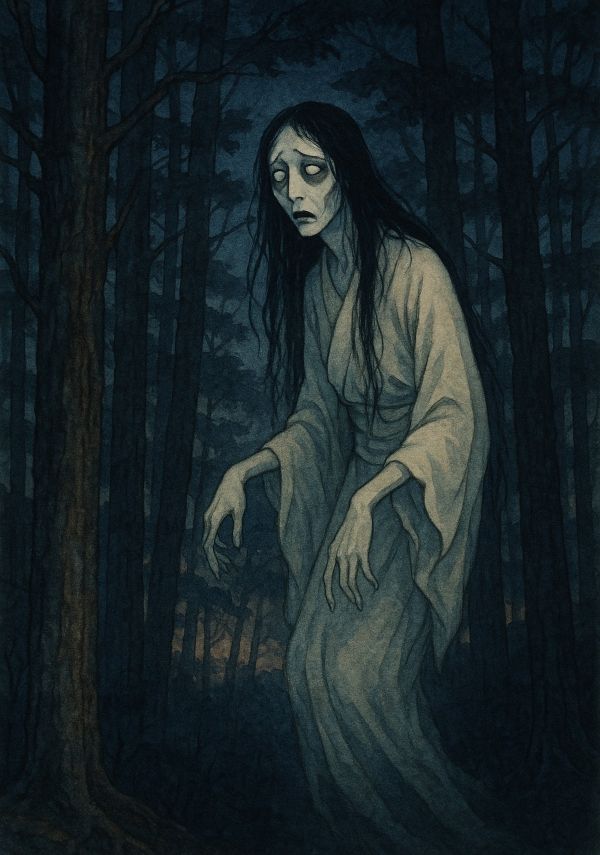
Aokigahara is a place of contrast—a natural marvel laced with tragic human stories. Whether you’re drawn by its haunting reputation or its tranquil beauty, the forest commands a sense of reverence and reflection. As interest in dark tourism grows, so does the responsibility to approach such locations with empathy and respect.
If you do choose to visit Aokigahara, do so not just with curiosity, but with compassion.
Pro Tip:
If you ever visit, always stay on marked trails and never go alone.
The Science vs. The Supernatural
Skeptics argue that Aokigahara’s reputation is fueled by media sensationalism and pop culture, rather than genuine paranormal activity. However, local authorities and hikers report eerily consistent stories of disorientation, eerie feelings, and unexplained noises.
Scientific Explanation:
- Low sound levels heighten human paranoia.
- Dense trees block sunlight, creating an unsettling twilight atmosphere.
But could there be something beyond science lurking in the shadows? Many believe some places hold energy that cannot be explained.
Aokigahara in Pop Culture
Aokigahara’s dark reputation has made it a subject in films, books, and documentaries:
Movies & TV Shows:
- The Forest (2016) – A horror film inspired by the forest’s eerie reputation.
- Destination Truth – An episode investigating paranormal claims in Aokigahara.
Books & Literature:
- “The Complete Manual of Suicide” by Wataru Tsurumi (controversially linked to Aokigahara’s history).
- Japanese ghost story collections featuring Aokigahara’s yūrei legends.
Can You Visit Aokigahara? Travel Tips & Warnings
While tourists are allowed, Aokigahara is not your typical hiking destination.
Important Warnings:
- Stay on designated paths—the forest is dangerously easy to get lost in.
- Be respectful—this is a place of tragedy, not a tourist attraction.
- Avoid visiting alone or at night—even locals prefer to keep their distance after dark.
Best Spots to Visit (Safely)
- Narusawa Ice Cave & Fugaku Wind Cave – Natural formations near Aokigahara.
- Lake Saiko Bat Cave – A safer way to explore the forest’s eerie beauty.
If you do visit, go with a guide, a group, and a fully charged phone with GPS.
Conclusion: The Haunting Allure of Aokigahara
Aokigahara is more than just a haunted forest—it’s a place steeped in history, mystery, and tragedy. Whether you believe in ghosts or not, one thing is certain: there is an undeniable energy here that lingers in the trees, in the silence, and in the stories left behind.
Would you dare to step into Japan’s most haunted forest?
FAQs About Aokigahara
1. Why is Aokigahara called the “Suicide Forest”?
Due to its history of high suicide rates, Aokigahara has earned the tragic nickname “Suicide Forest.” Many believe it is haunted by spirits of those who perished there.
2. Is it illegal to visit Aokigahara?
No, it is not illegal, but visitors are strongly advised to stay on marked trails. Authorities discourage exploration beyond the main paths due to safety concerns.
3. What makes Aokigahara so creepy?
The silent atmosphere, dense trees, and history of suicides create an unsettling experience. Many visitors also report strange feelings and unexplained phenomena.
4. What should I do if I get lost in Aokigahara?
Stay calm and do not wander further. Try to retrace your steps and, if possible, use a GPS or phone to call for help.
